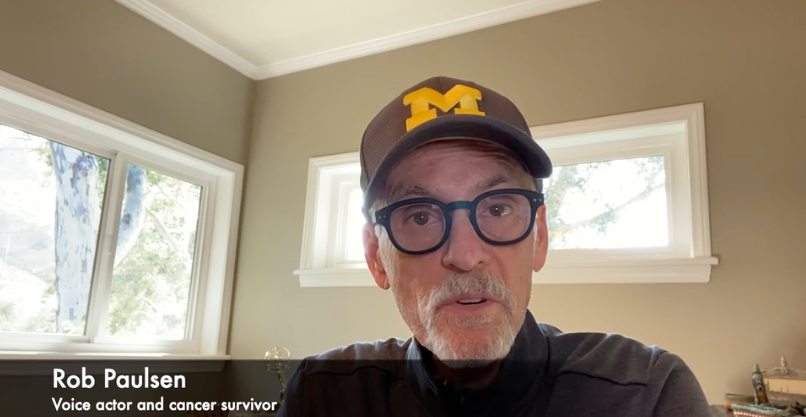Article
Expert Talks Smoking Cessation for Survivors of Head and Neck Cancer
Author(s):
Smoking is a risk factor for a number of different types of head and neck cancers, but quitting is not always easy.
Many cases of head and neck cancer are linked to alcohol and tobacco use, specifically cancers of the oropharynx, hypopharynx, oral cavity and larynx.
However, even after patients receive a diagnosis of head and neck cancer, they may not be apt to quit their smoking habits, according to Lisa Fucito, Ph.D. Therefore, physicians must create and implement strategies for these patients, as smoking during cancer treatment can significantly affect a patient’s response to therapy.
Can you start by giving an overview of smoking and smoking cessation for people with head and neck cancer?
In an interview with CURE, Fucito, an assistant professor of psychiatry, and director of the Tobacco Treatment Service at Smilow Cancer Hospital at Yale-New Haven, discussed why it is imperative for patients to quit smoking after a head and neck cancer diagnosis.I really focused a bit more on the risks associated with smoking in cancer, and I tried to emphasize that even though patients are presenting with very advanced cancer, there is still a benefit to them quitting smoking. This is a teachable moment for these patients and it still matters in regard to their treatment response. I highlighted the risk factors and disease recurrence and how that is tied to smoking.
I also talked about some clinical trials we have had, and different service designs we have attempted to implement so that we can better access these patients. Sometimes, it can be hard to intervene tobacco use for patients with cancer. You can enroll them in a program but they may not show up. Therefore, we need a different strategy to try to engage them. I shared some brief notes about some of those services that we have tried.
Many people continue to smoke after their diagnosis, How do you go about trying to convince them otherwise?
Then, I made some suggestions for what physicians might want to consider in order to address patient tobacco use, what specific tools they can use, and what are some of the specific treatment recommendations. E-cigarettes are now very popular, so I also provided some data on using them.For a lot of people, getting a cancer diagnosis seems to be the “best way” to get people to quit. We see a lot of spontaneous quitting right at the time of diagnosis or before a surgical procedure. However, what we see all too often is that once someone has gone through some treatment and is still smoking, they are at risk for it growing back. After an initial diagnosis and several phases of treatment, you may get patients to stop [for a short time].
How does smoking during the treatment period affect patients? Do they experience additional adverse events?
How do you use biomarker feedback to motivate health behavior change?
But, for long-term survivorship, it is challenging. This is because once many patients feel like everything has settled [with their cancer], they are very likely to go back to smoking. That is the challenge. We have very clear evidence that the overall mortality rates are greater and the cancer-specific stage is worse. However, we also know that there are some more specific effects for smoking. It is very important to stop so you can get better. We try to show them that by making some improvements at a very biological level that their risk improves. Even outside of the cancer, we will also focus on other associated risks; sometimes there are cardiovascular risks. Patients like getting personalized feedback, because they find that they are motivated and that what they are doing still matters.















